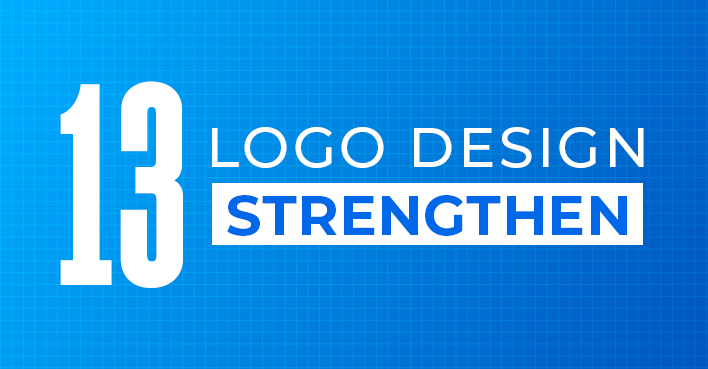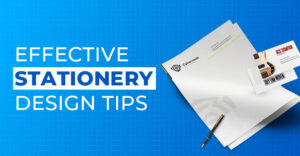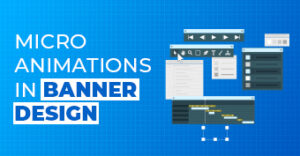A logo serves as more than simply a visual representation of your company; it is the surface. Selecting the appropriate kind can have a big impact on how people view your business. Consider these 15 different kinds of logos.
1. Wordmark Logos
A wordmark logo is just the business name in a distinctive font. Coca-Cola and Google are two examples. These logos work well for businesses with unique names because they use typography to express the company’s personality.
2. Signature Logos
Monogram or letter mark logos use the initials of the business name. Because of their typographic style and minimalist design, they are perfect for companies that prioritize memorability and simplicity above length, such as HBO or IBM.
3. Logos, the symbol or icon
These logos depict the company using an icon or graphic symbol. The Apple logo and the Nike swoosh are two excellent examples. They may effectively represent the company with a single image because they are memorable and transcend language borders.
4. Definition of Abstract Logos
Abstract logos employ geometric shapes to produce a distinctive visual identity for the company. In contrast to actual visuals, they arouse a certain emotion or notion connected to the business. The logos for Pepsi and Adidas are two examples.
5. Mascot Logos
A mascot or character that represents the company is featured in mascot logos. These work wonders for building a family-friendly appeal and a relatable brand image. Colonel Sanders from KFC and the Michelin Man are two examples.
6. Combined Logos
Combination logos combine symbols and words to produce a unified brand identity. Their versatility allows them to be employed in a variety of branding scenarios, either in tandem or alone. Burger King and Doritos are two examples.
7. Logos Emblem
Emblem logos, which frequently resemble badges or seals, have text enclosed in a symbol or icon. They offer an authoritative, classical vibe that is appropriate for establishments or companies looking to project a timeless image. Harley-Davidson and Starbucks are two examples.
8. 3D Logos
3D logos use perspective, shading, and gradients to provide a three-dimensional effect. They distinguish the emblem by giving it depth and reality. For tech organizations and brands that want to project refinement and modernity, these are perfect.
9. Negative Space Logos:
A creative way to construct an image or message within a design, negative space logos make use of the background space. These logos are interesting and innovative, frequently having two meanings. The FedEx logo with its hidden arrow is one example.
10. Vintage Logos
By utilizing retro typefaces and design components, vintage logos arouse feelings of authenticity and nostalgia. For brands that wish to communicate tradition, history, and timeless quality, they are ideal. Levi’s and Jack Daniel’s are two examples.
11. Minimalist Logos
A limited color palette and simple, clean shapes characterize minimalist logos. They make sure the design is simple and instantly identifiable by concentrating on the important components. Apple’s current logo is a perfect example of this clean, contemporary style.
15. Hand-Drawn Logos
With unique graphics or typography, hand-drawn logos offer a bespoke, handcrafted vibe. They are perfect for companies who wish to showcase their skill and distinctiveness. Mailchimp and Ben & Jerry’s are two examples.
16. Gradient Logos
To achieve a contemporary, dynamic style, gradient logos use gradual color transitions. They give the logo more depth and vitality, which enhances its visual impact. The logos of Tinder and Instagram are two examples of modern design.
Conclusion
Making the correct logo design choice is essential to developing your brand’s identity and making sure your target market will connect with it. Every sort of logo, including wordmarks, lettermarks, abstract symbols, and geometric patterns, has special benefits that can improve the recognition and allure of your business. By being aware of the advantages and traits of various logo styles, you can select a design that not only embodies the ideals of your company but also makes a statement in a crowded market. Investing in a carefully crafted logo is a calculated move that will help you build a recognizable and powerful business identity.



